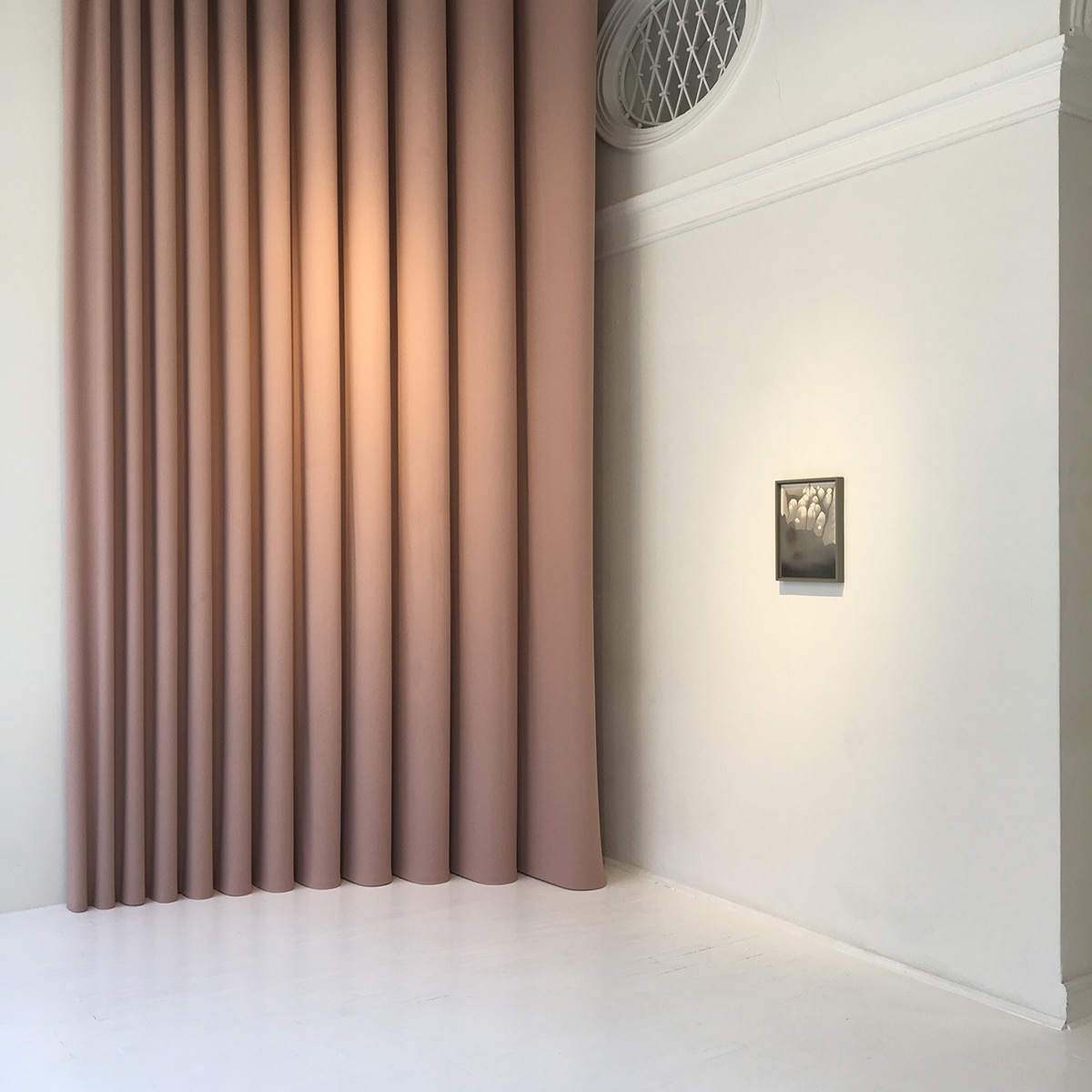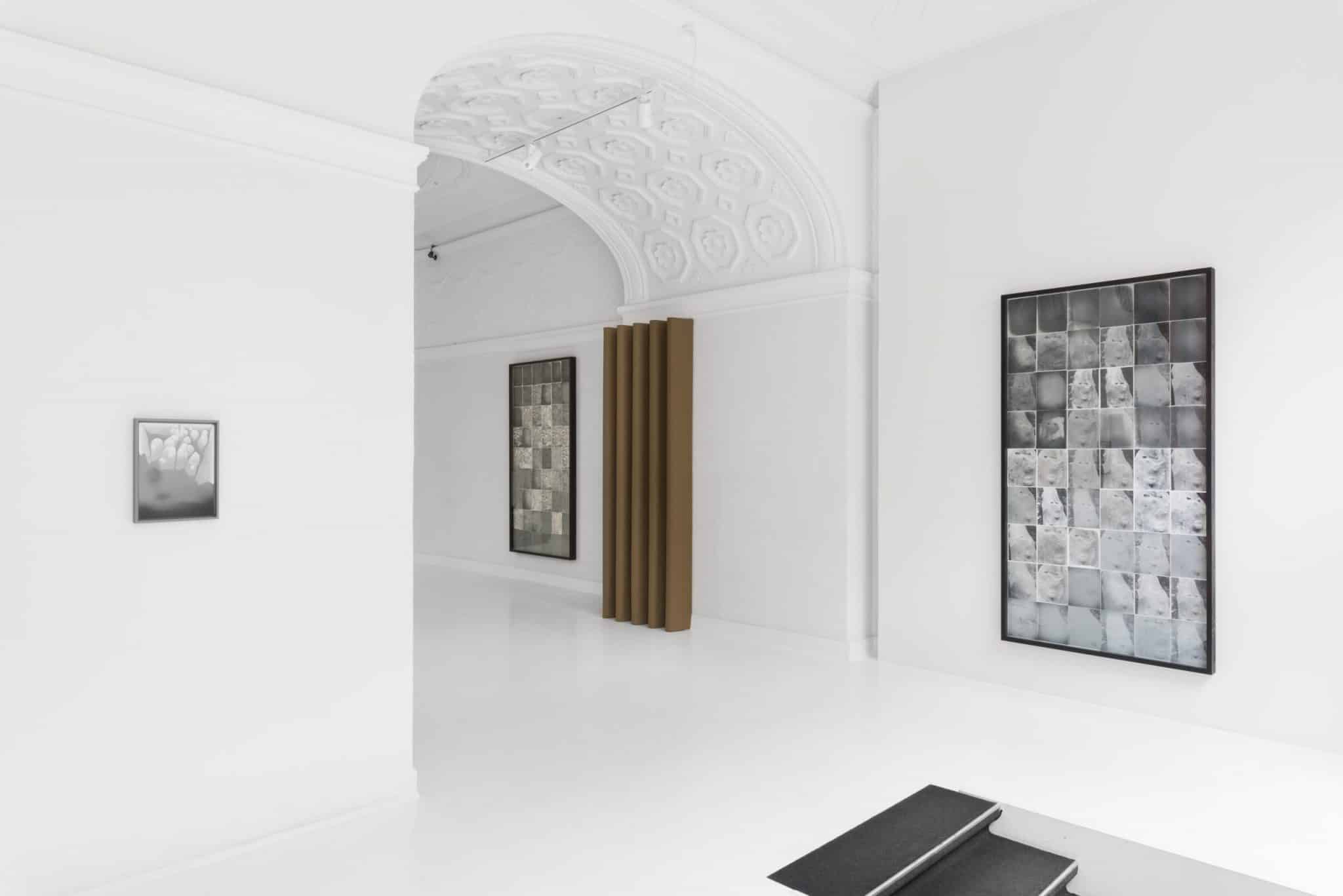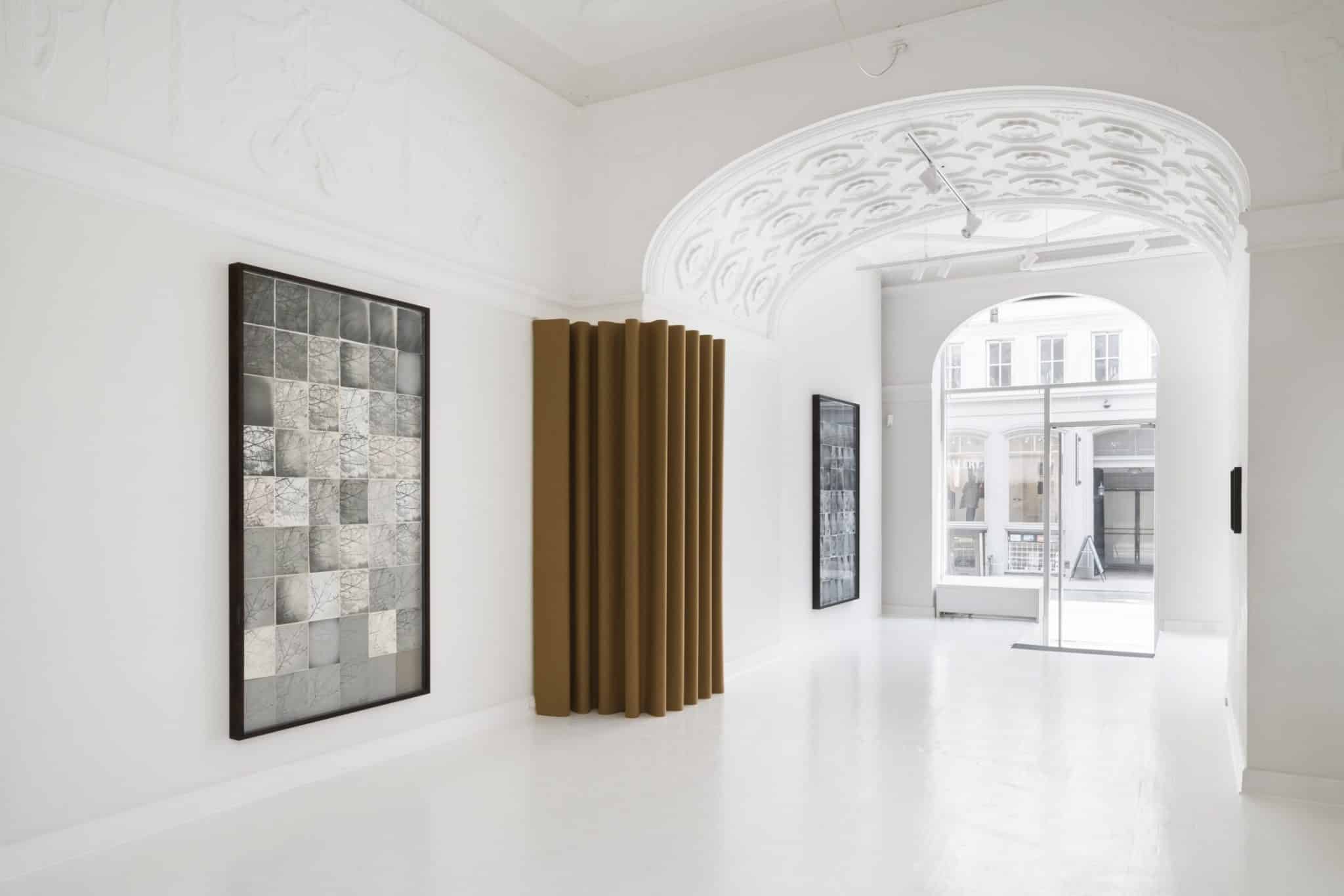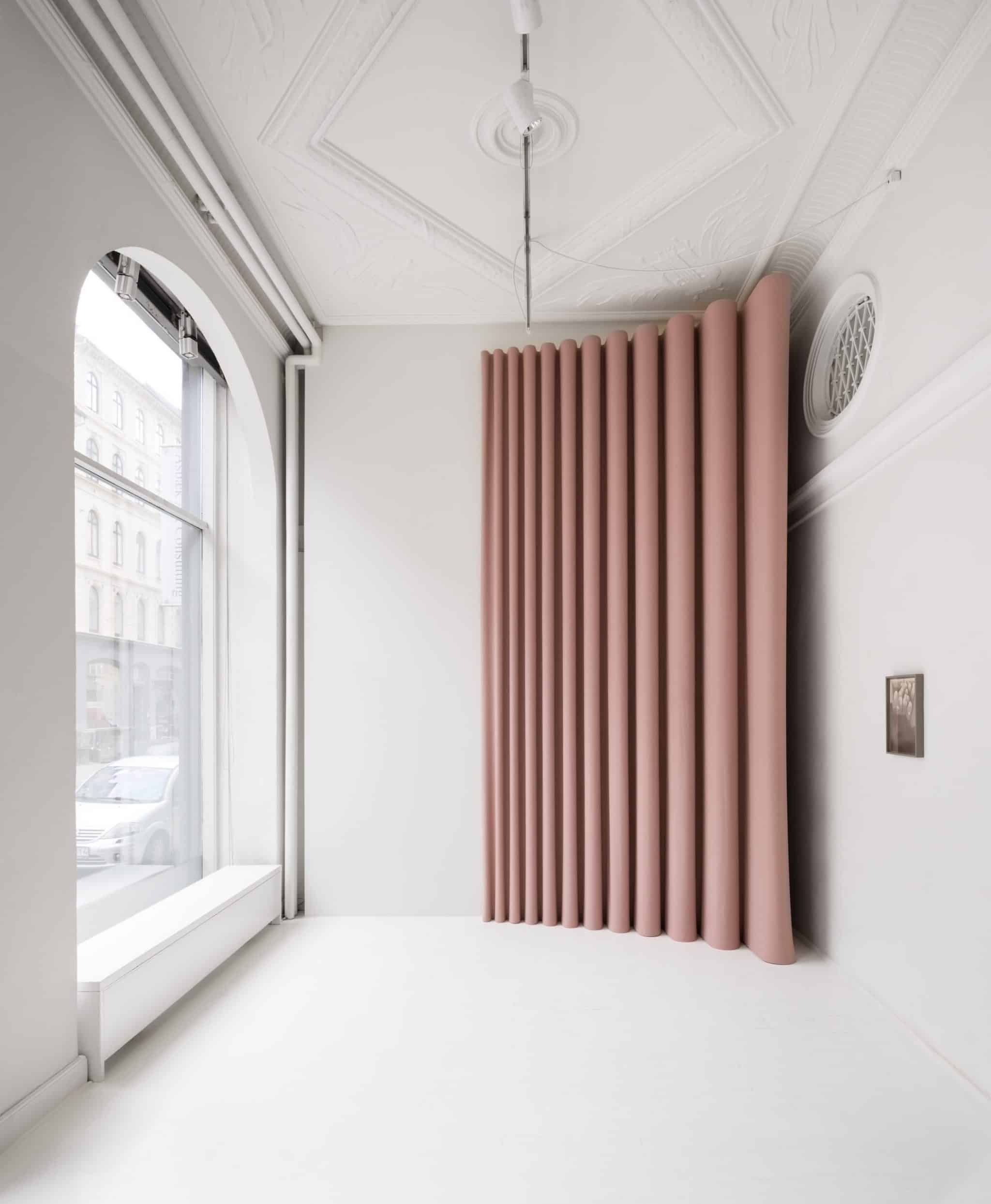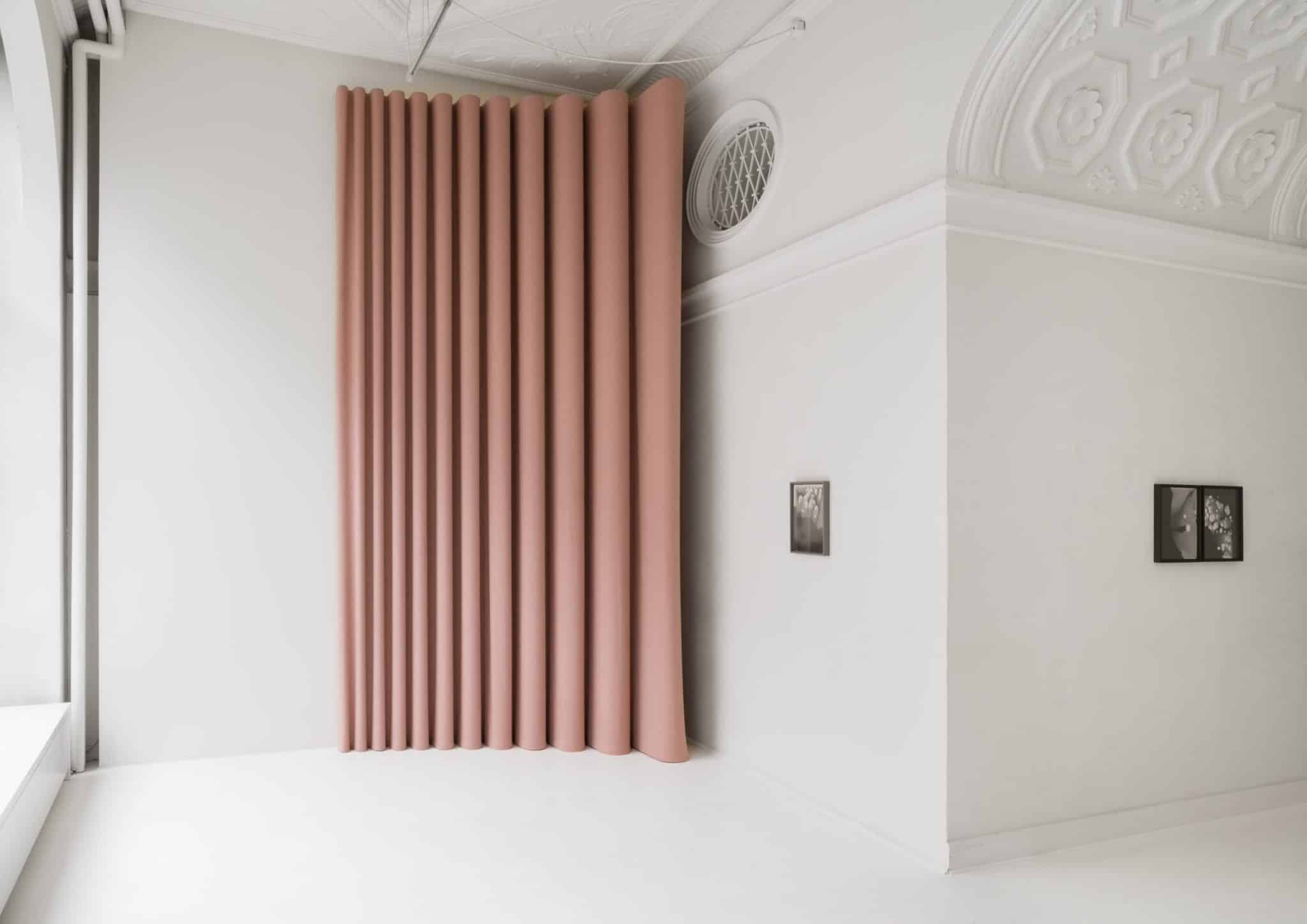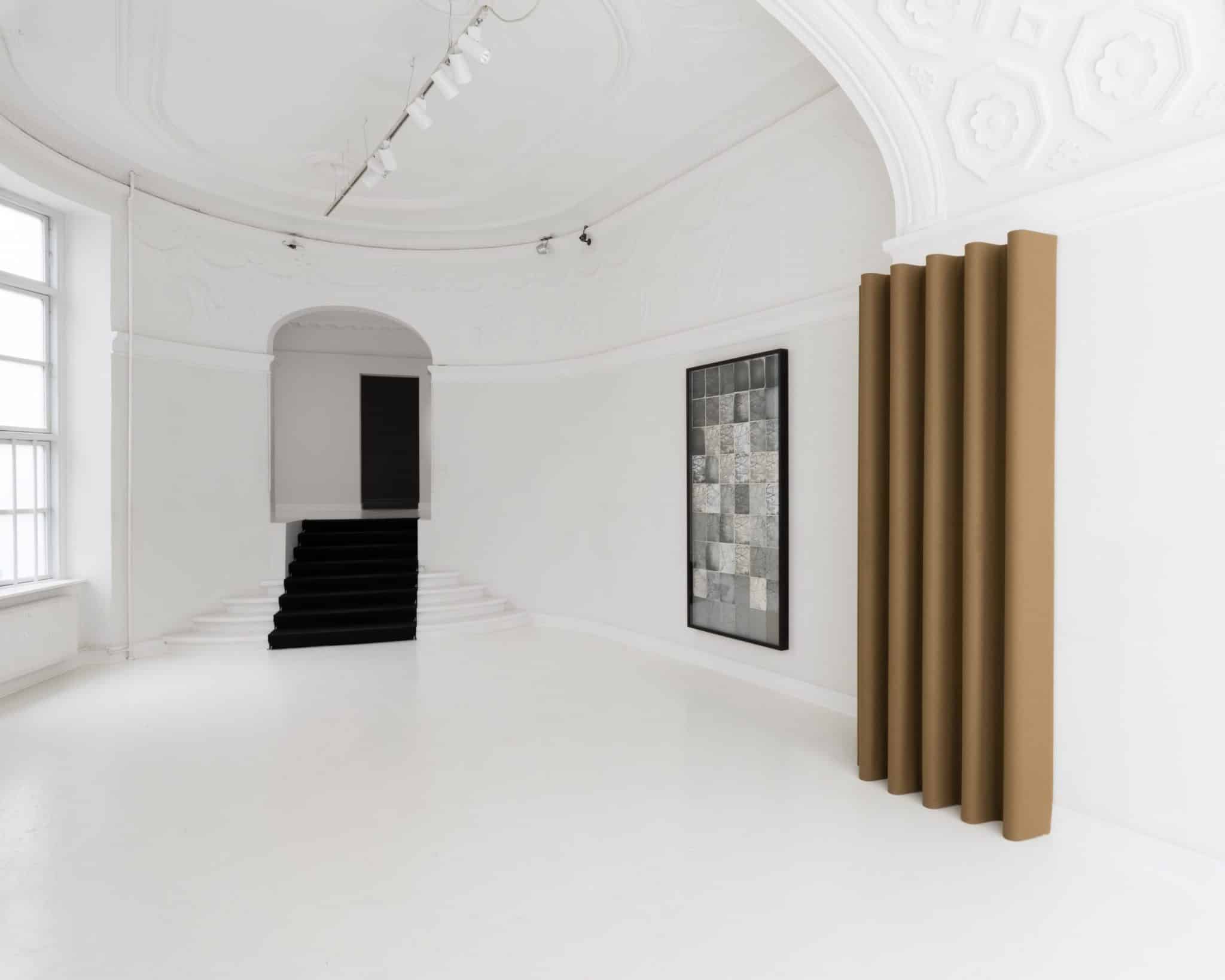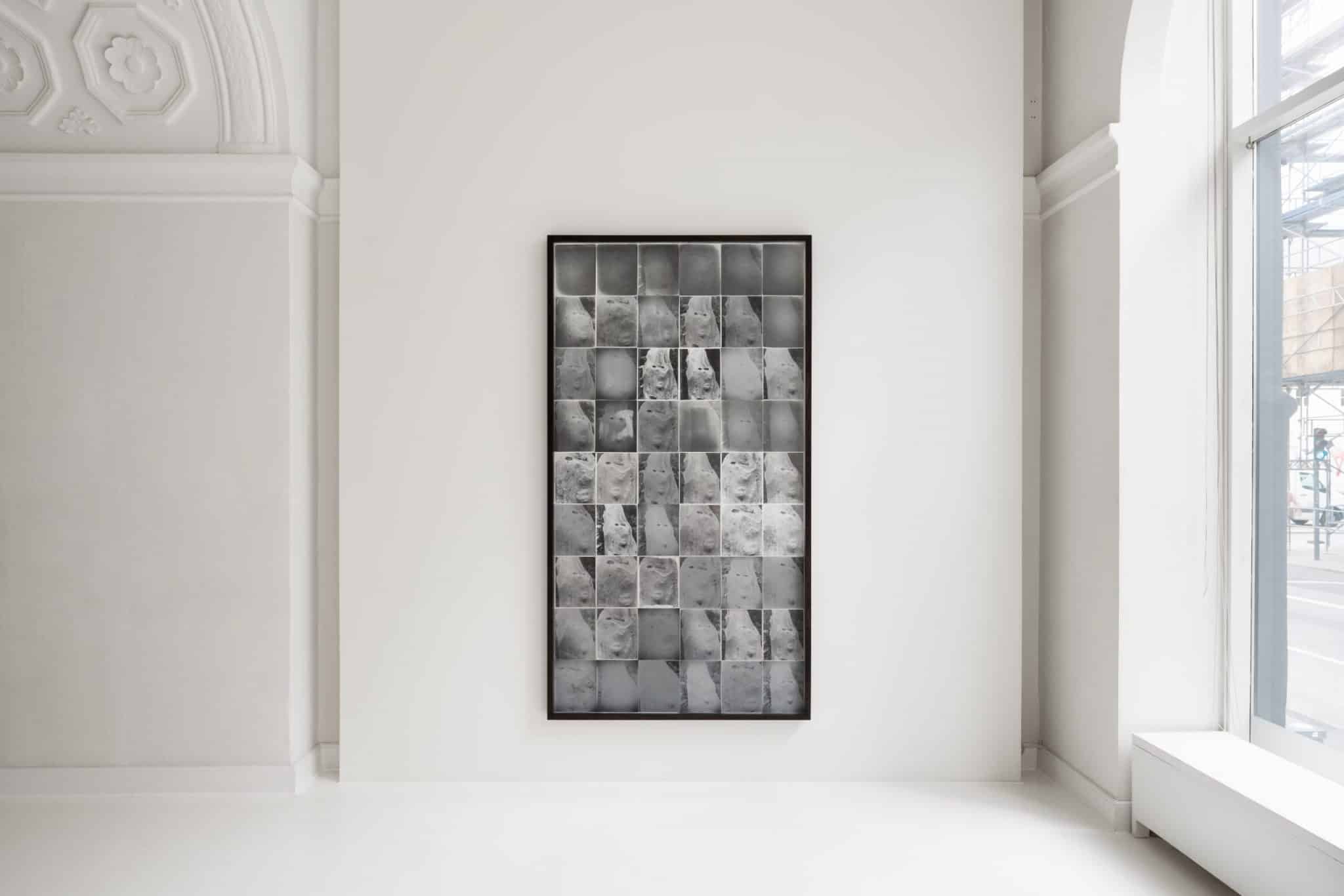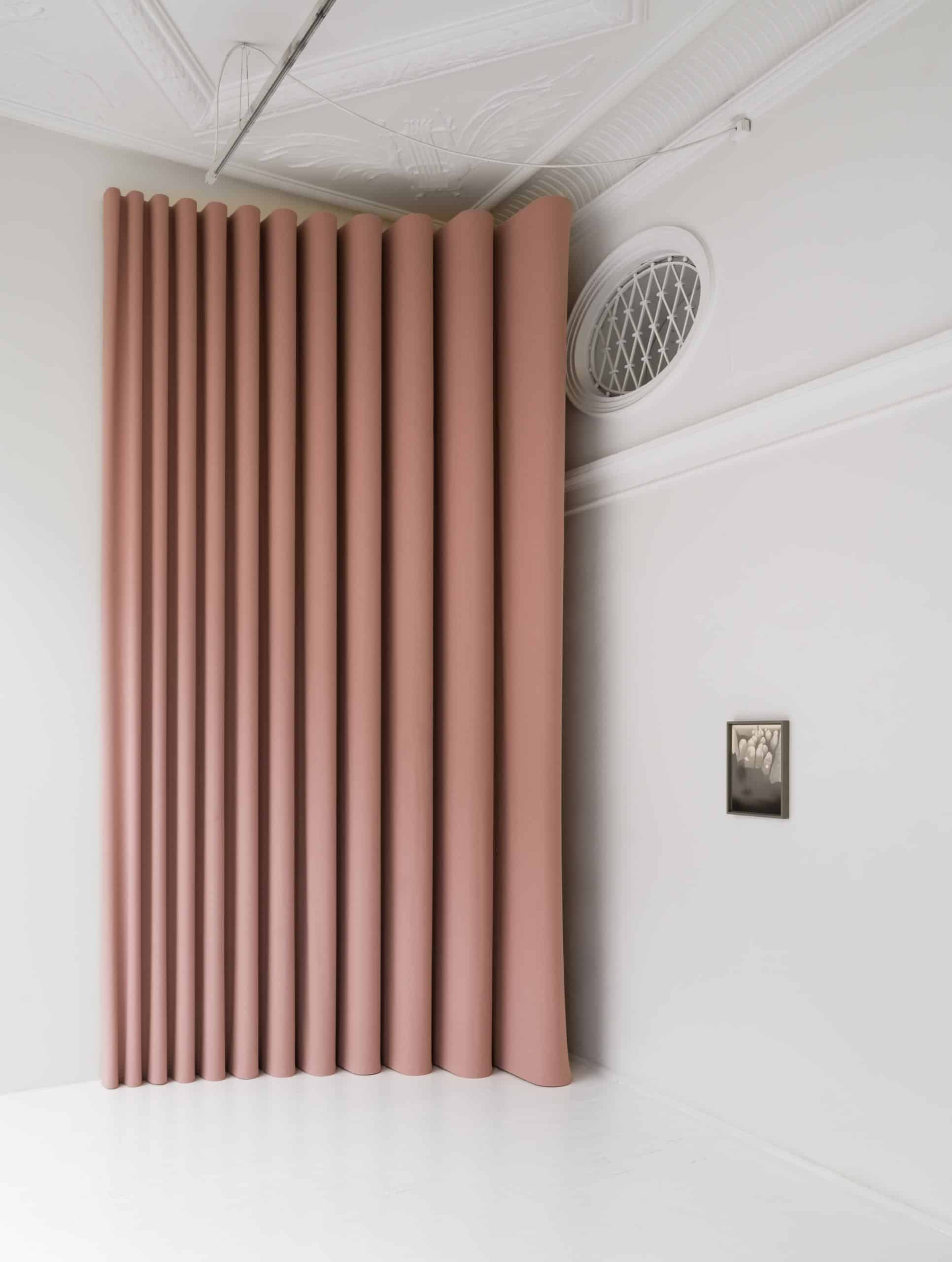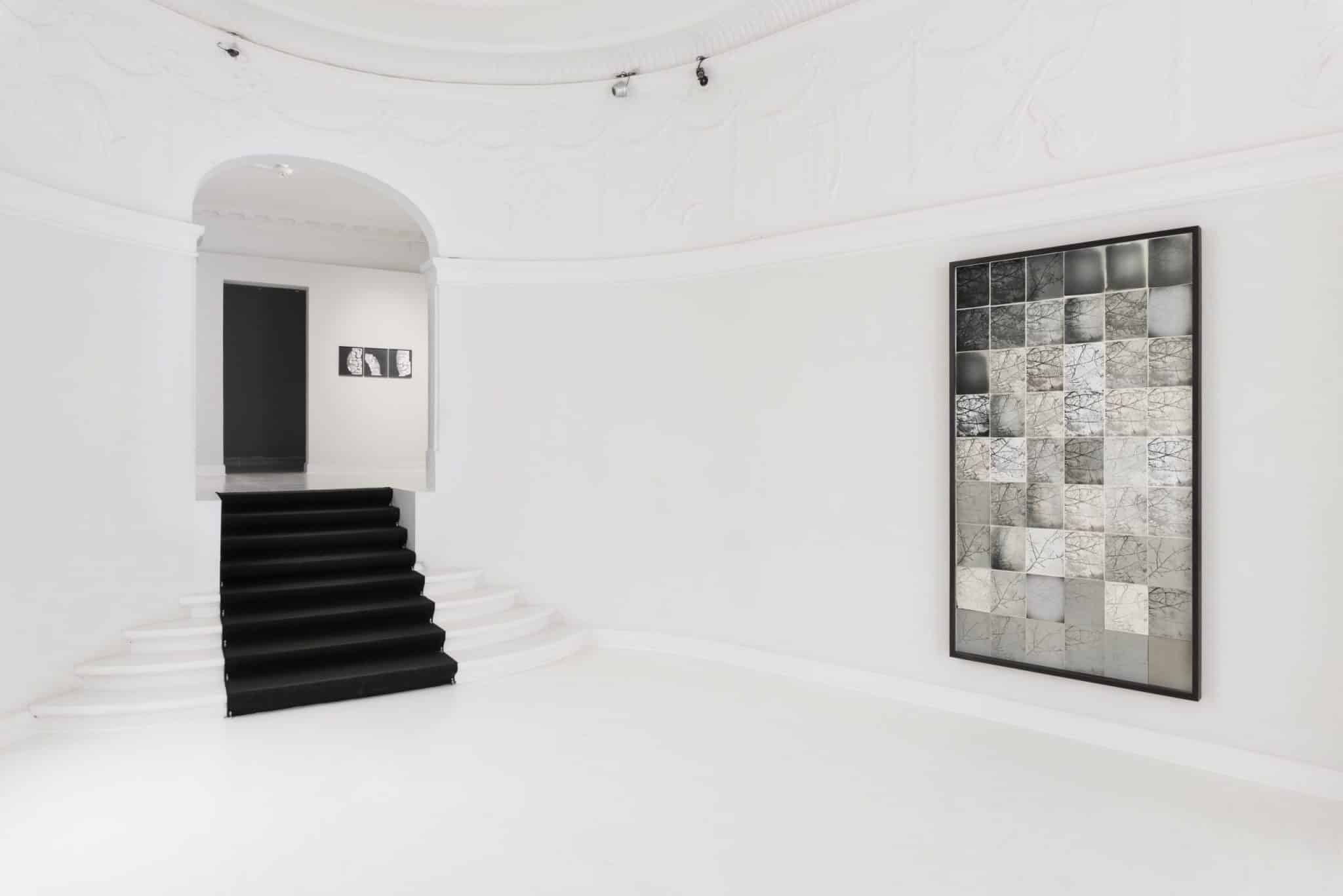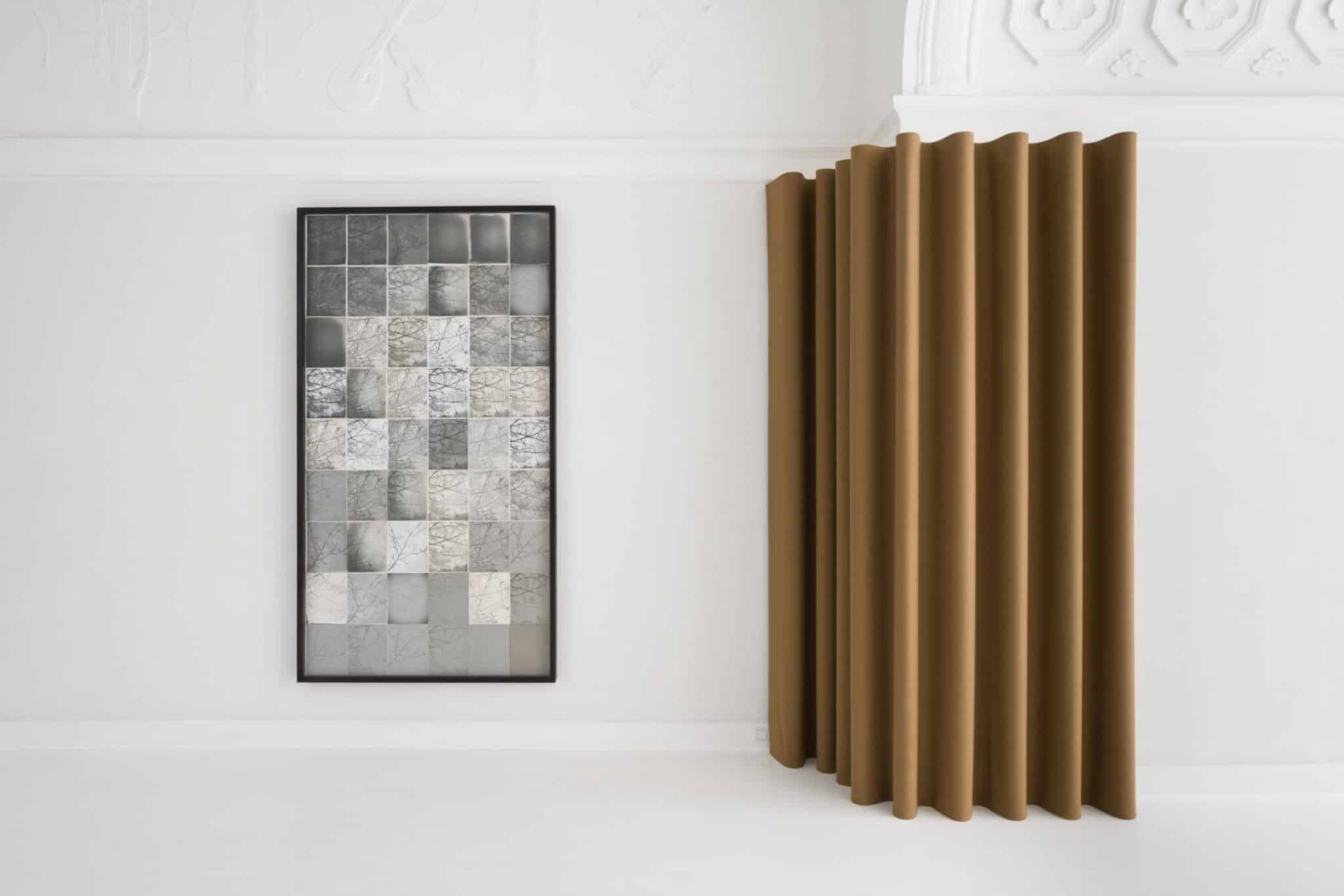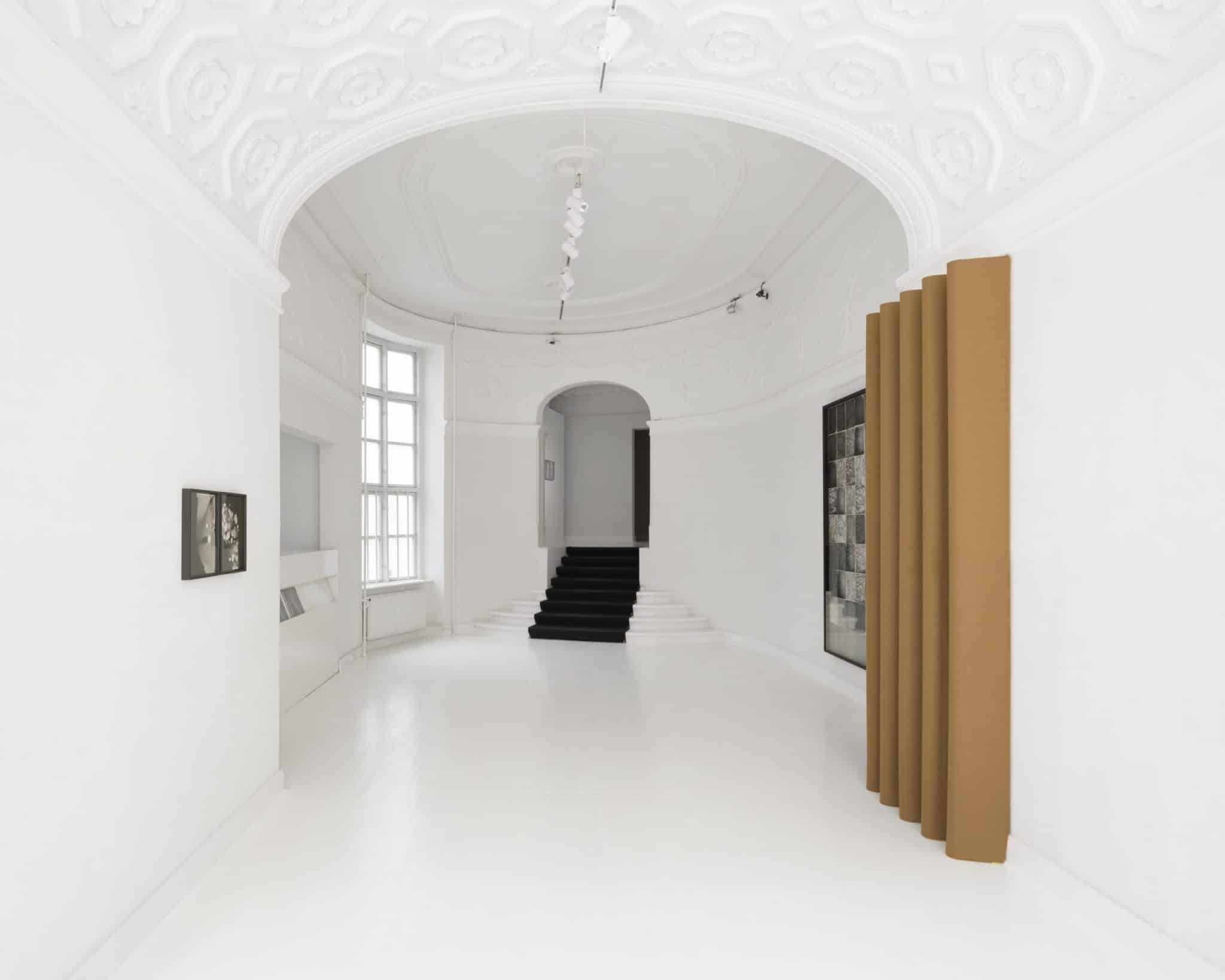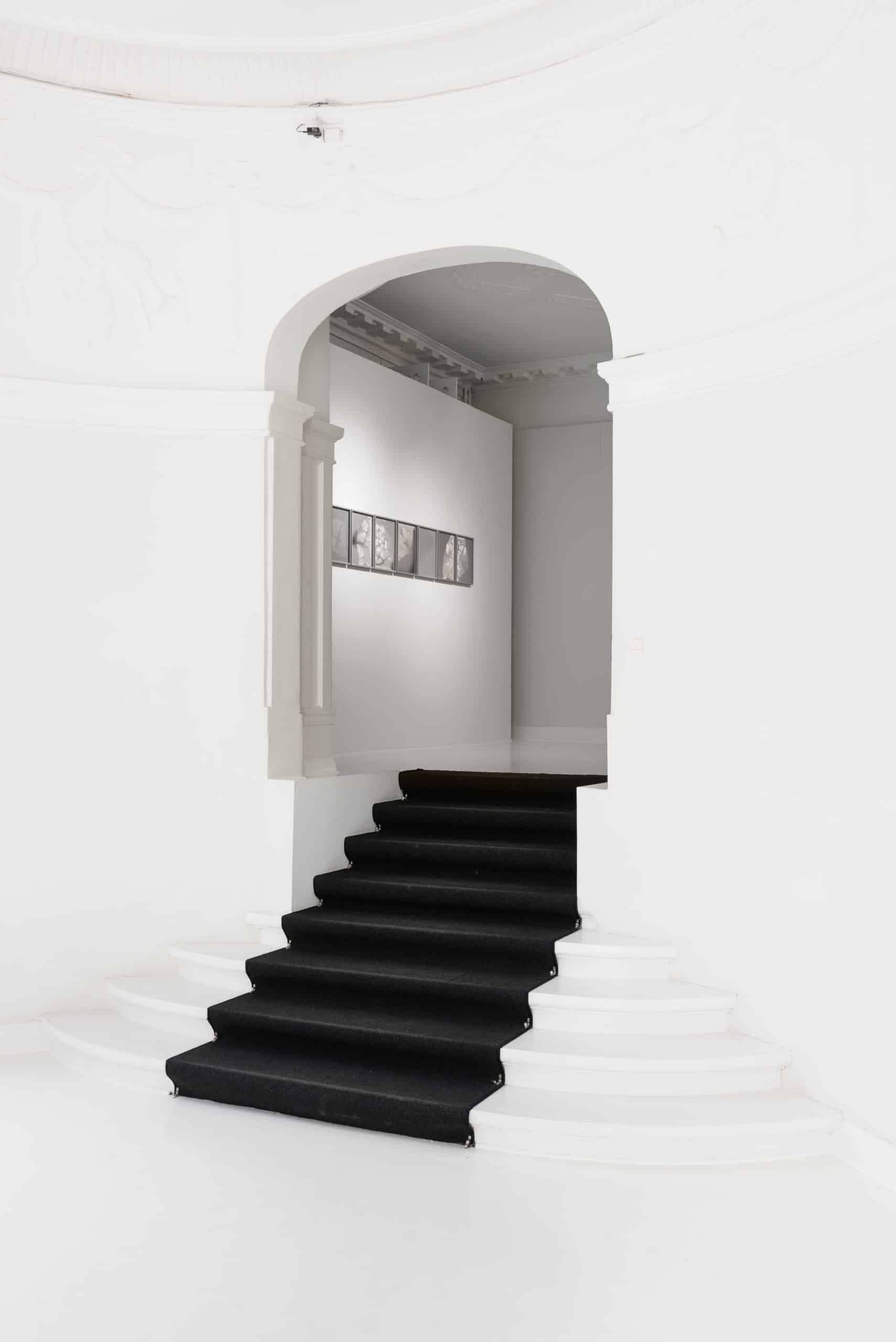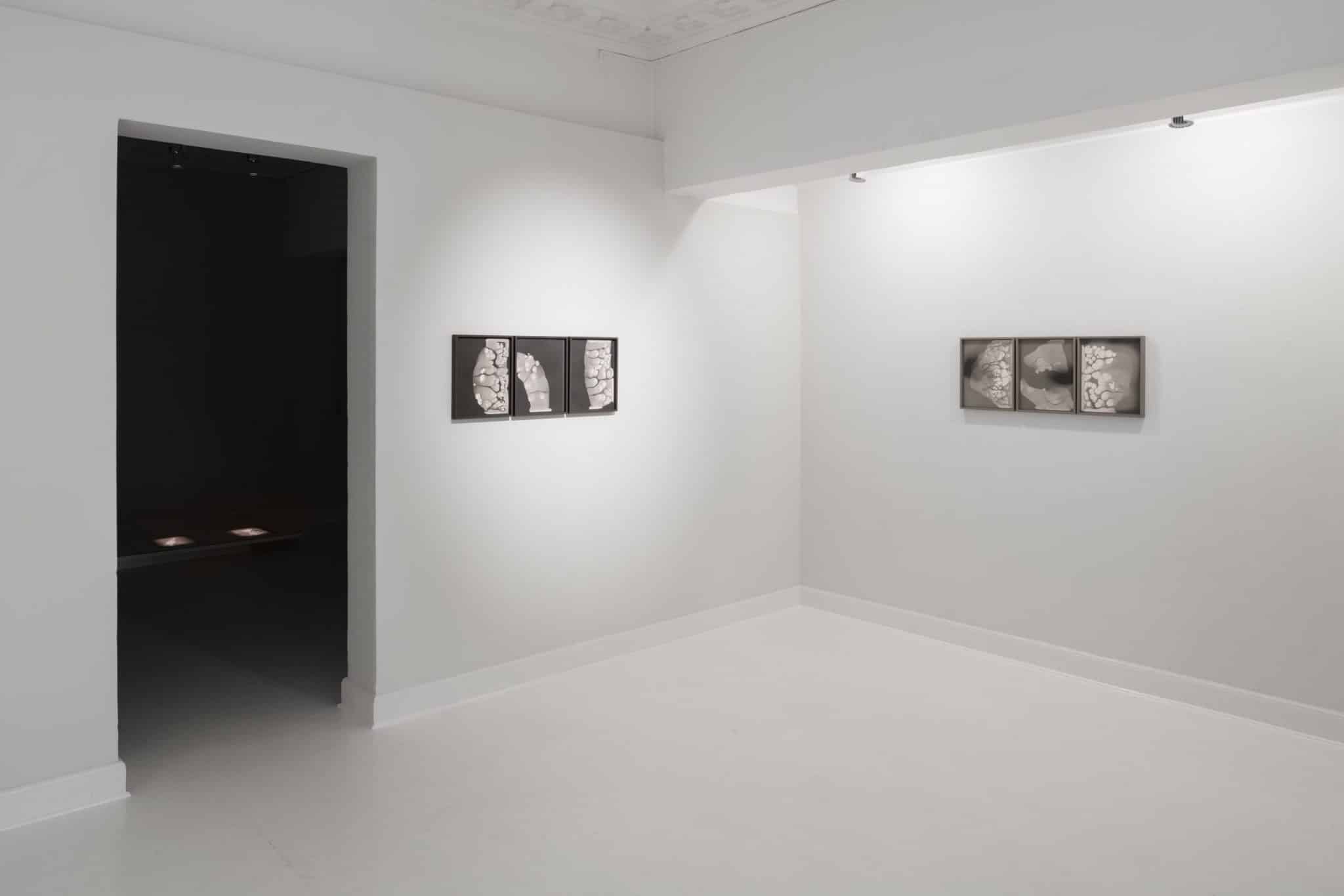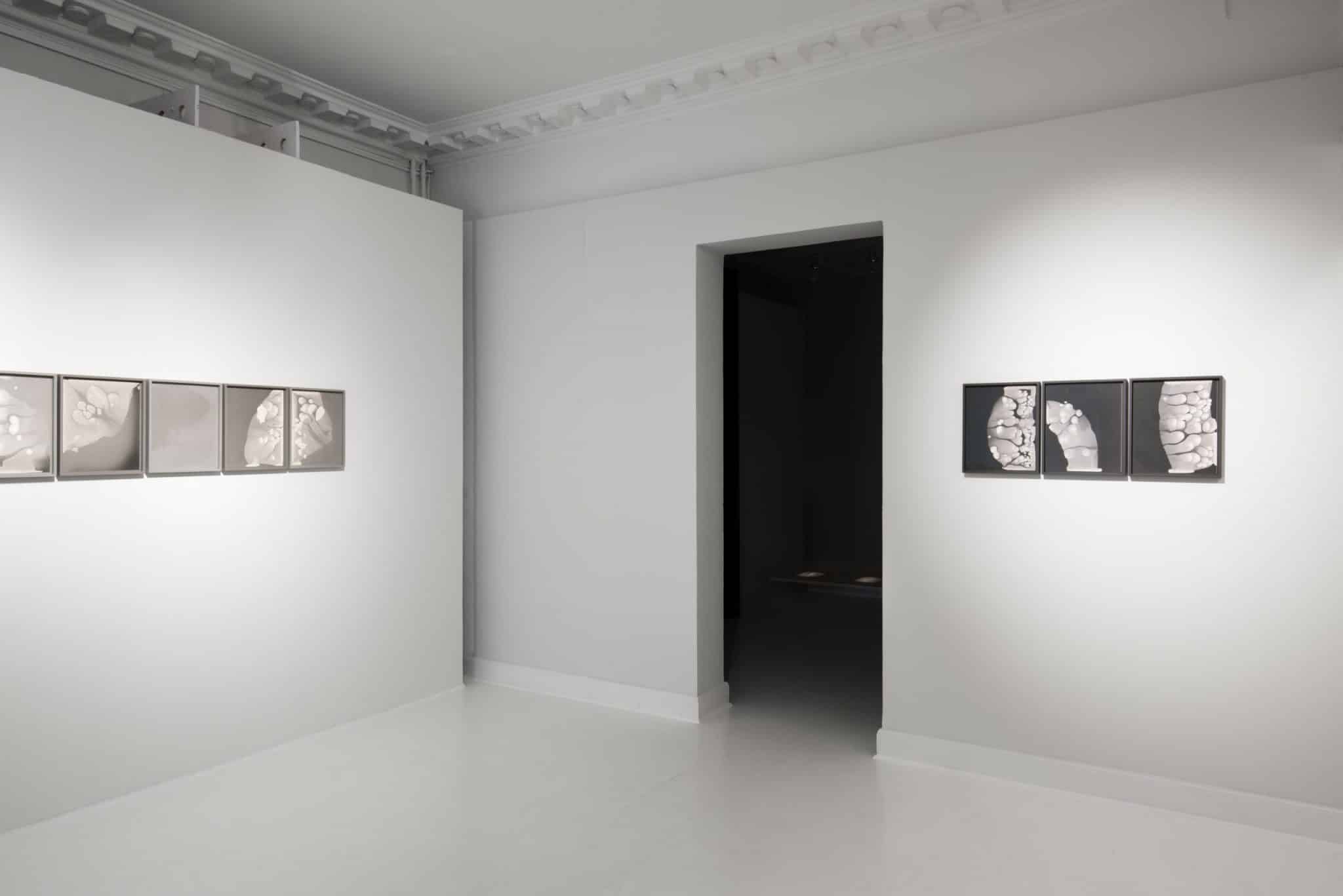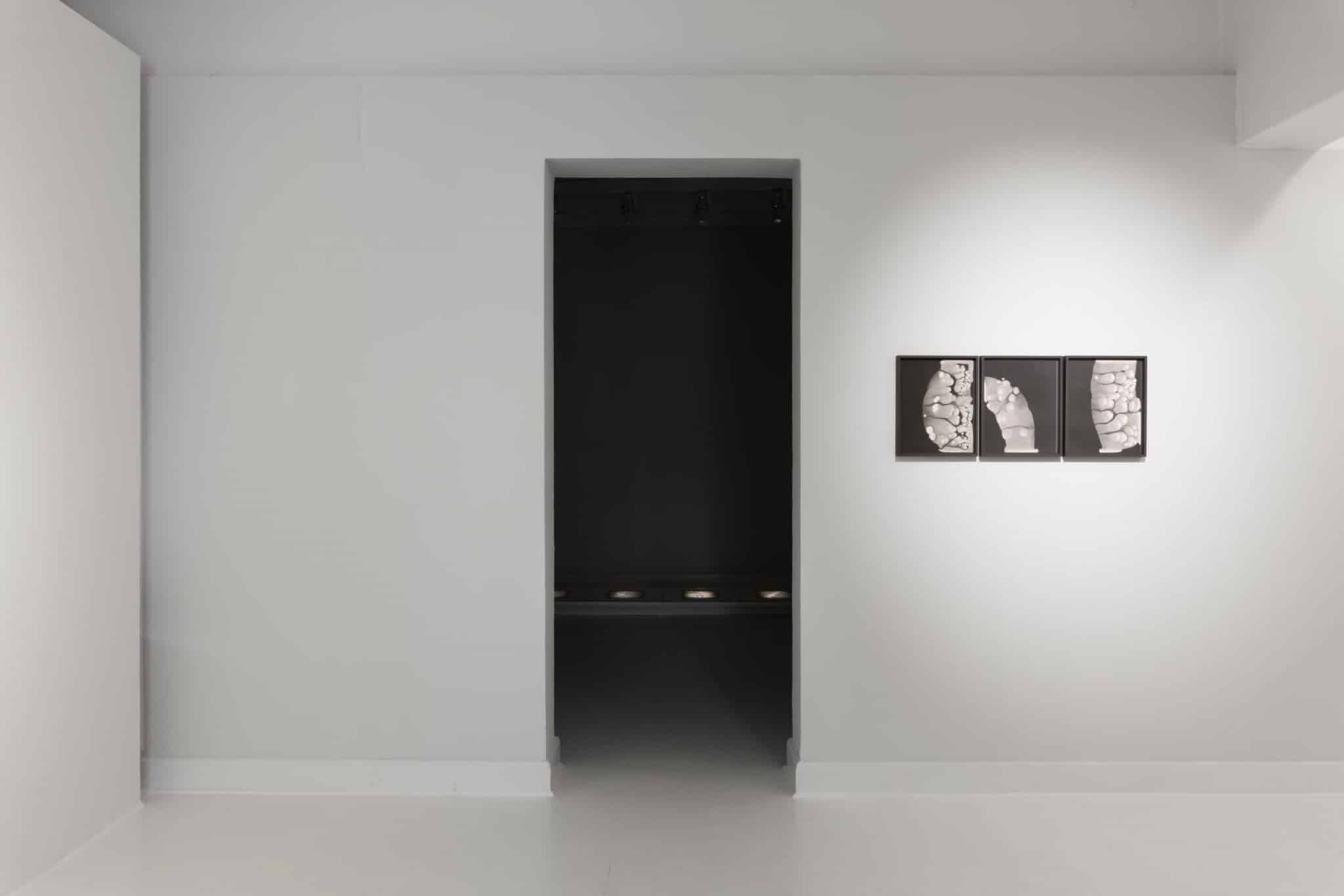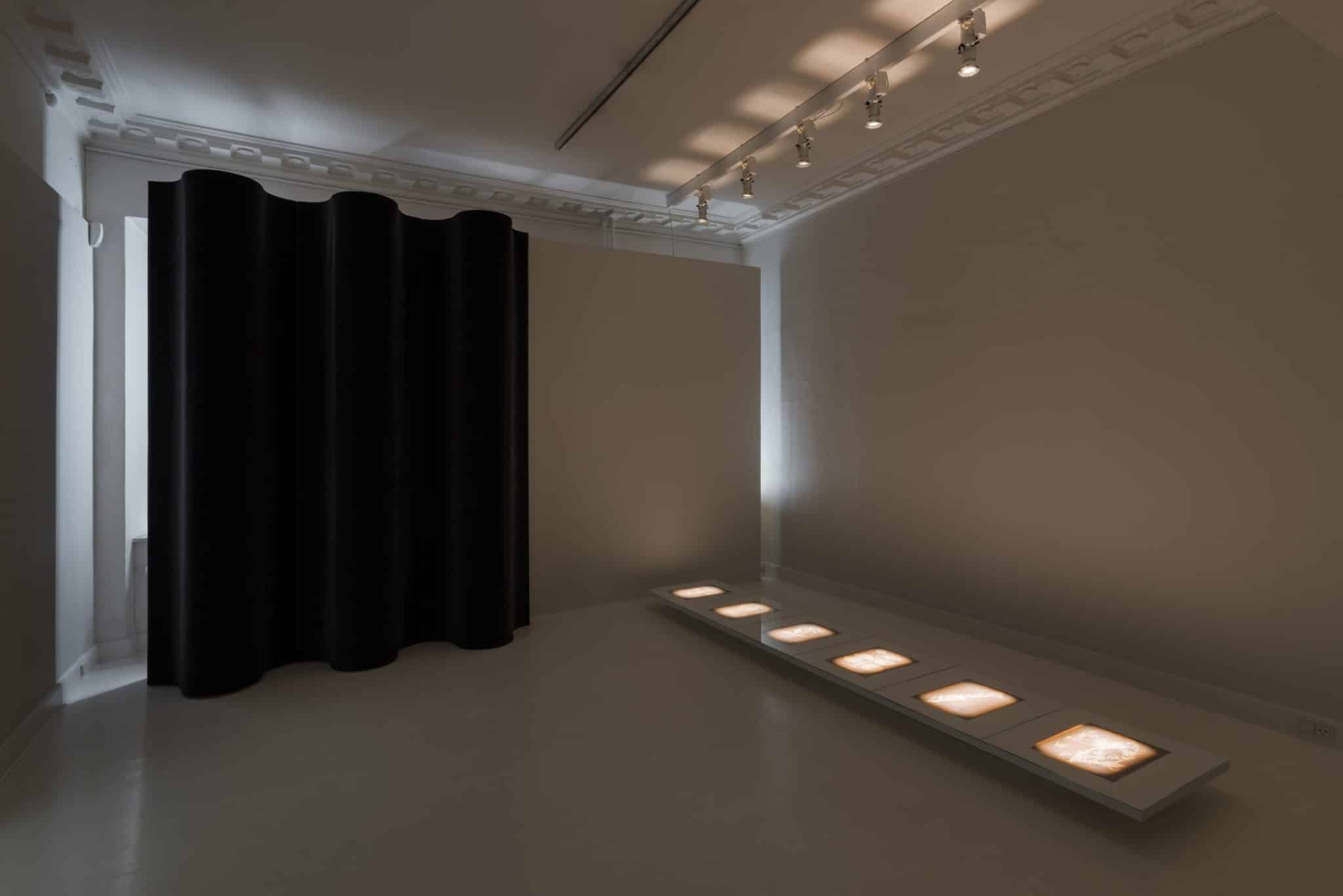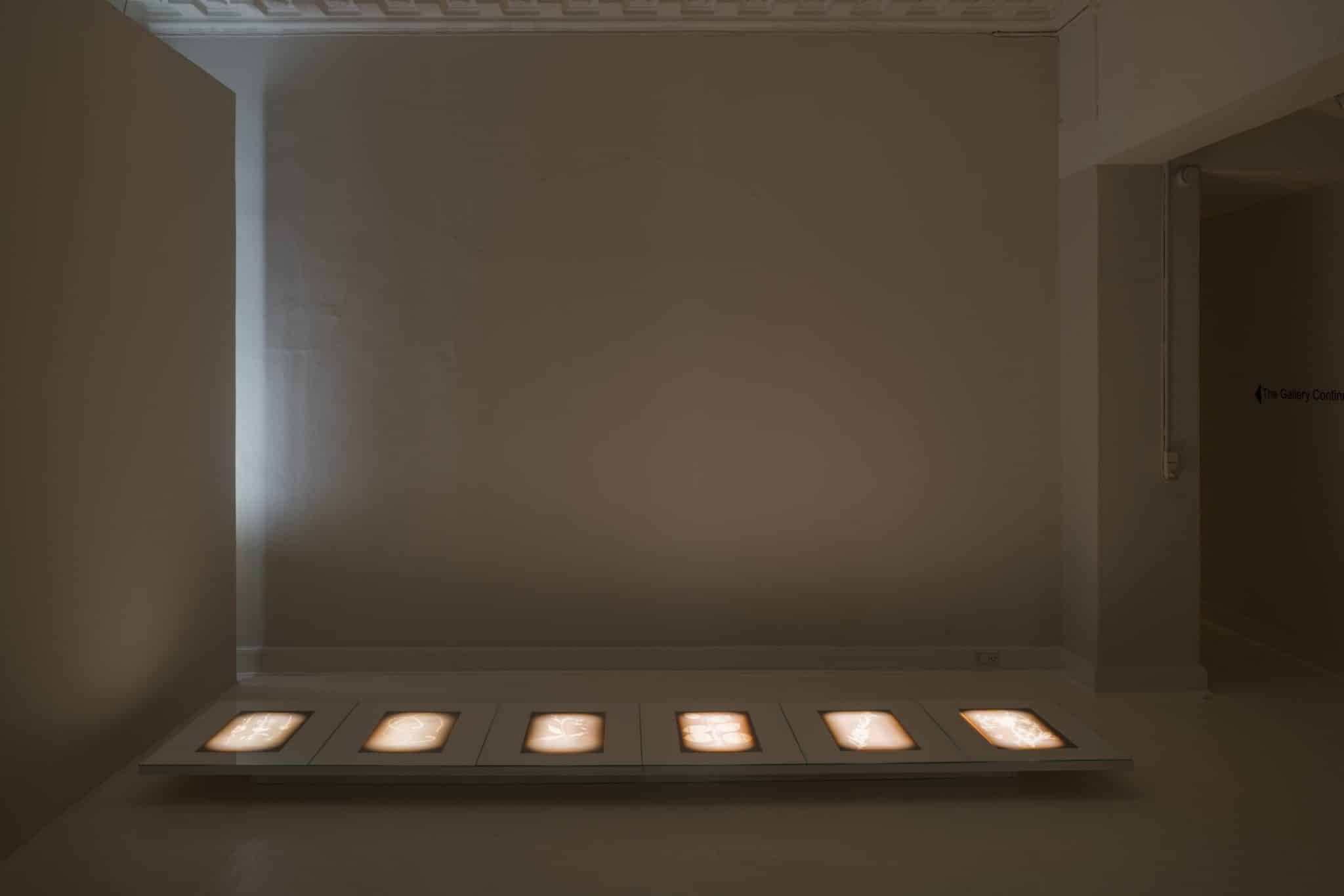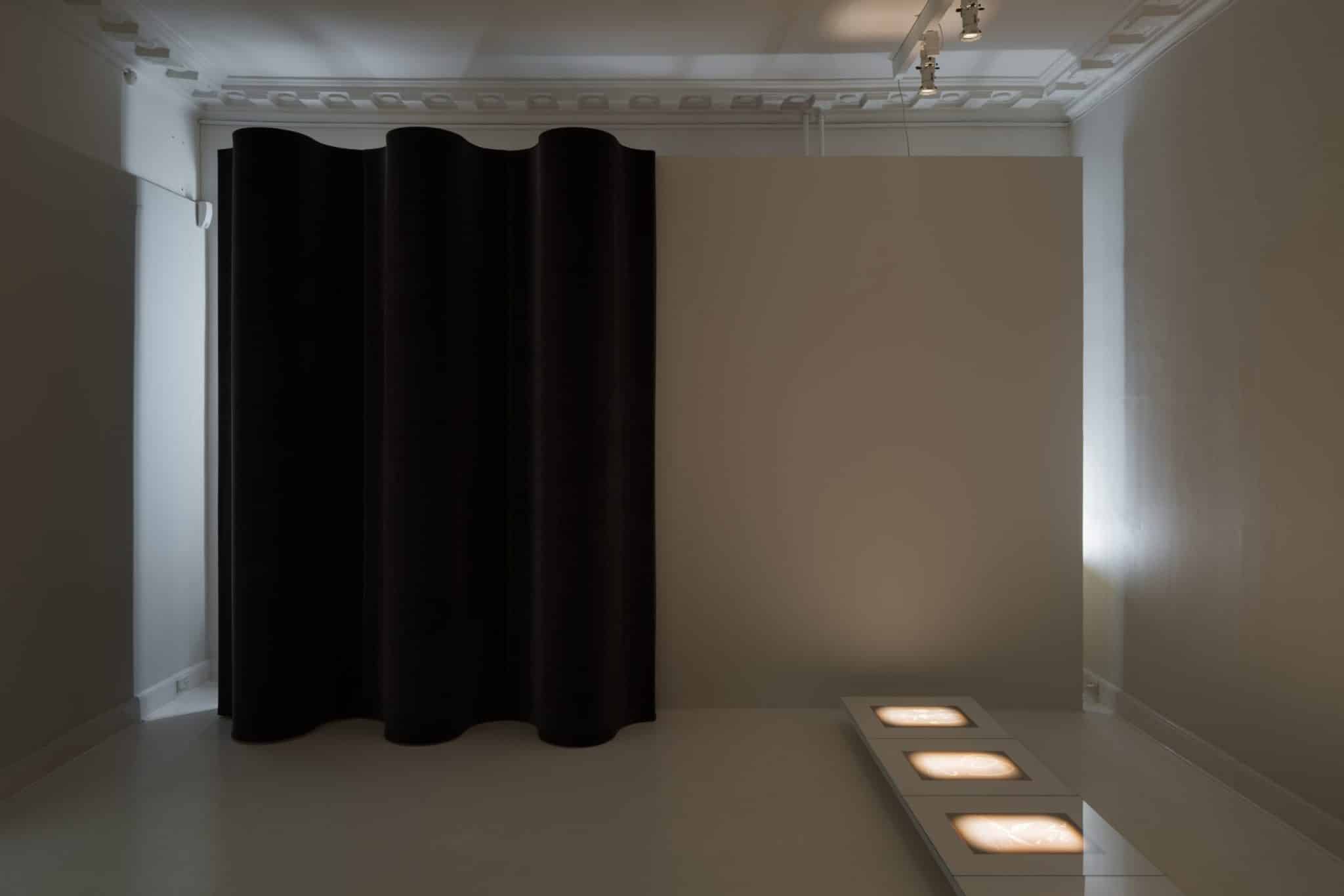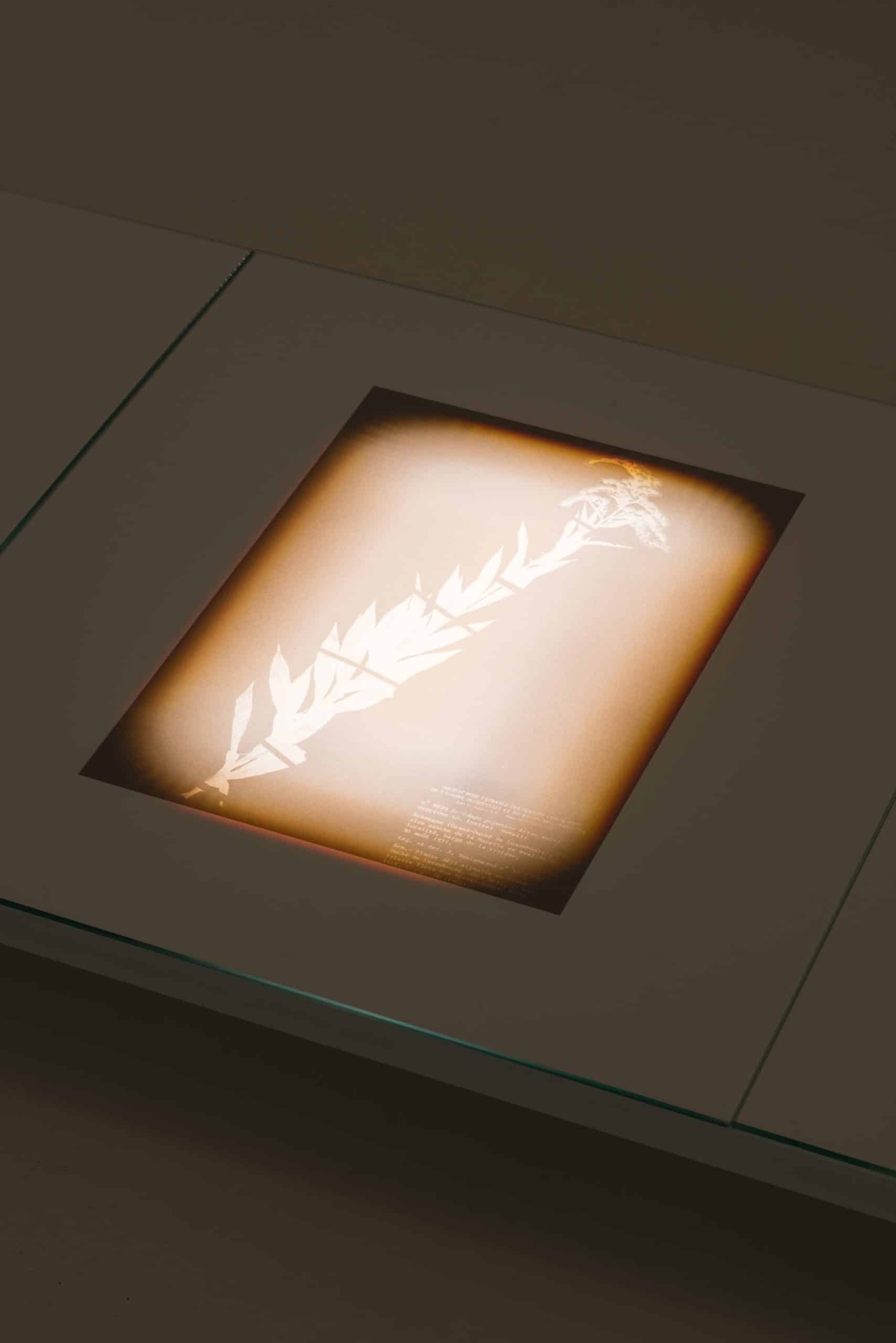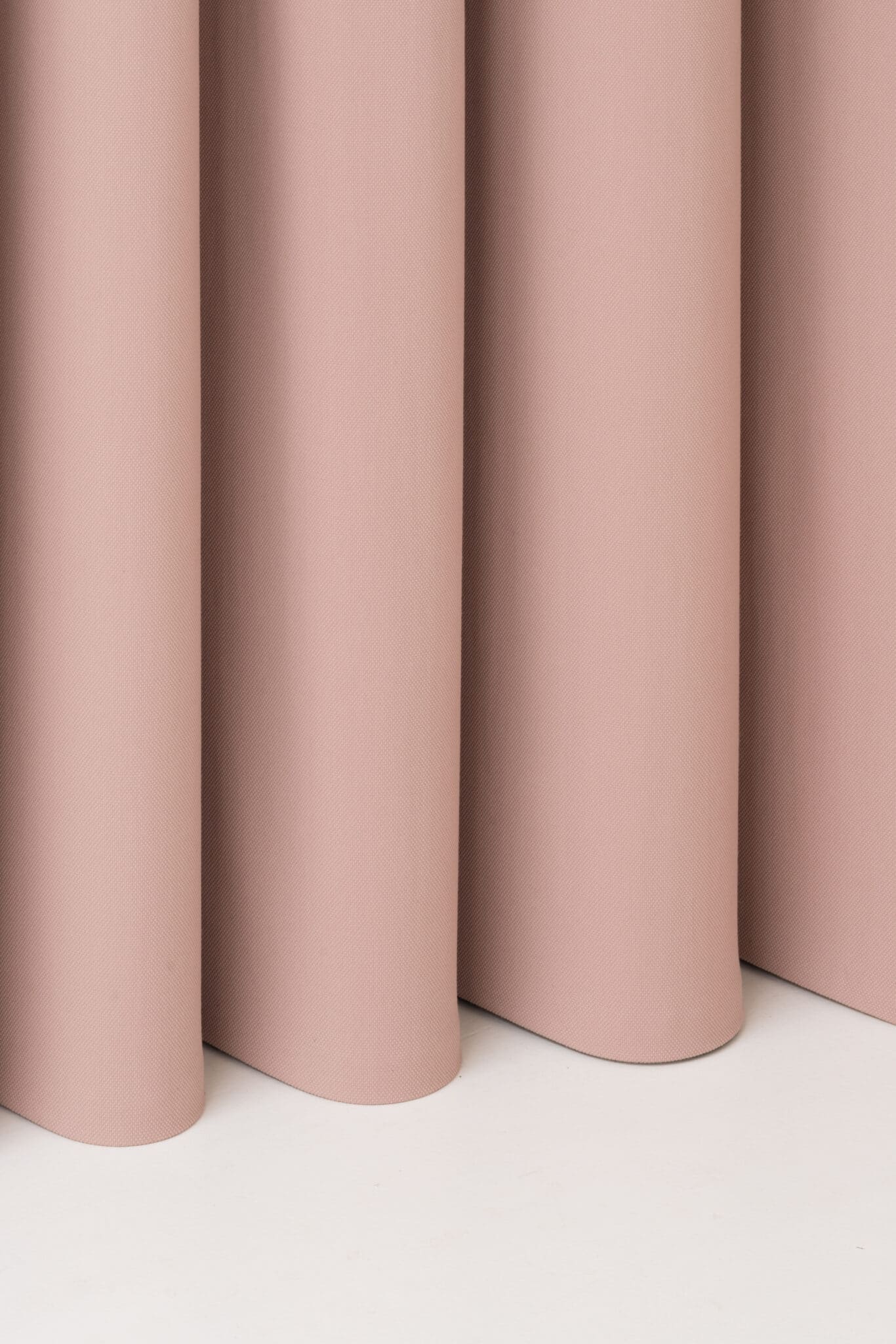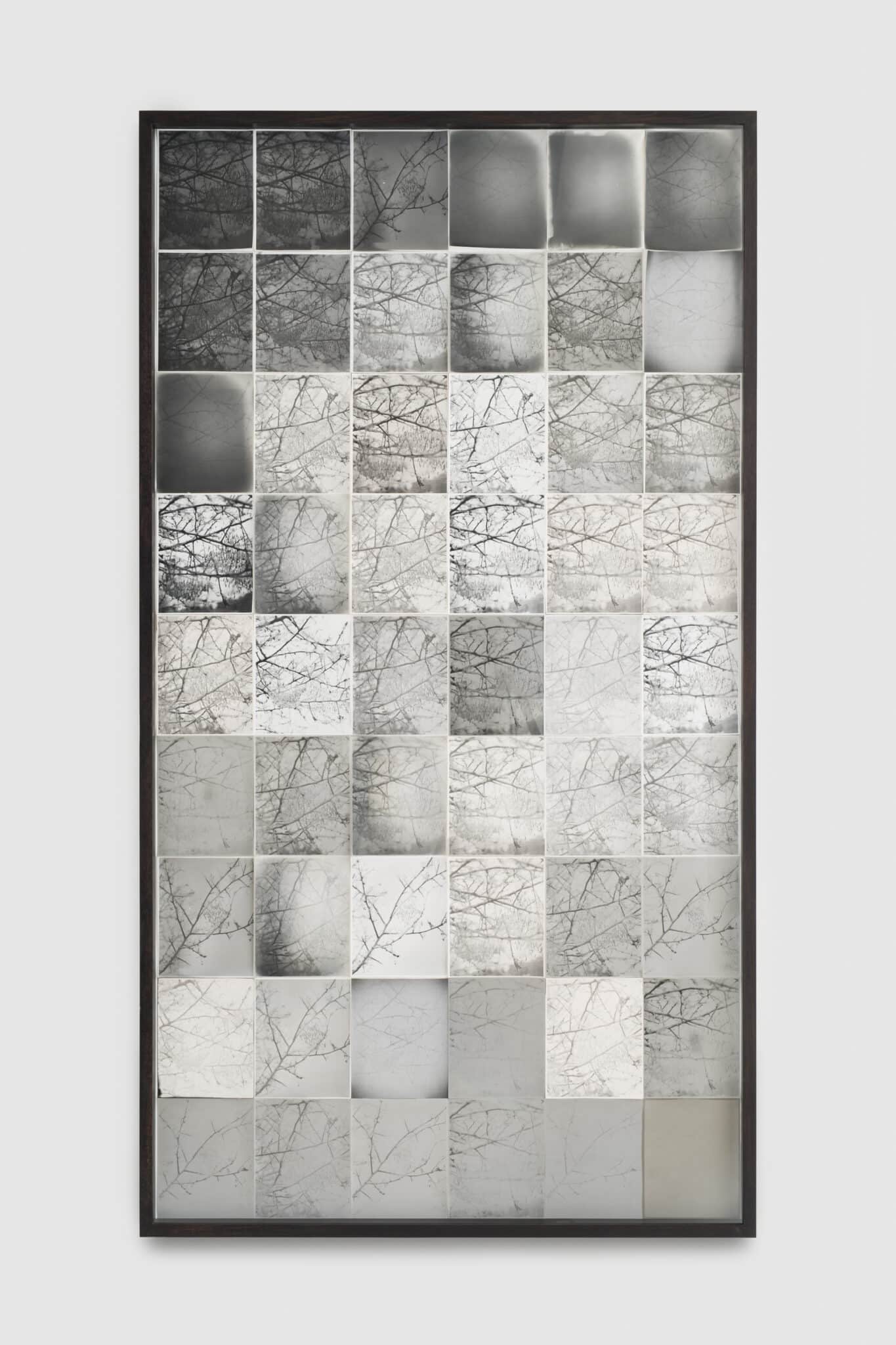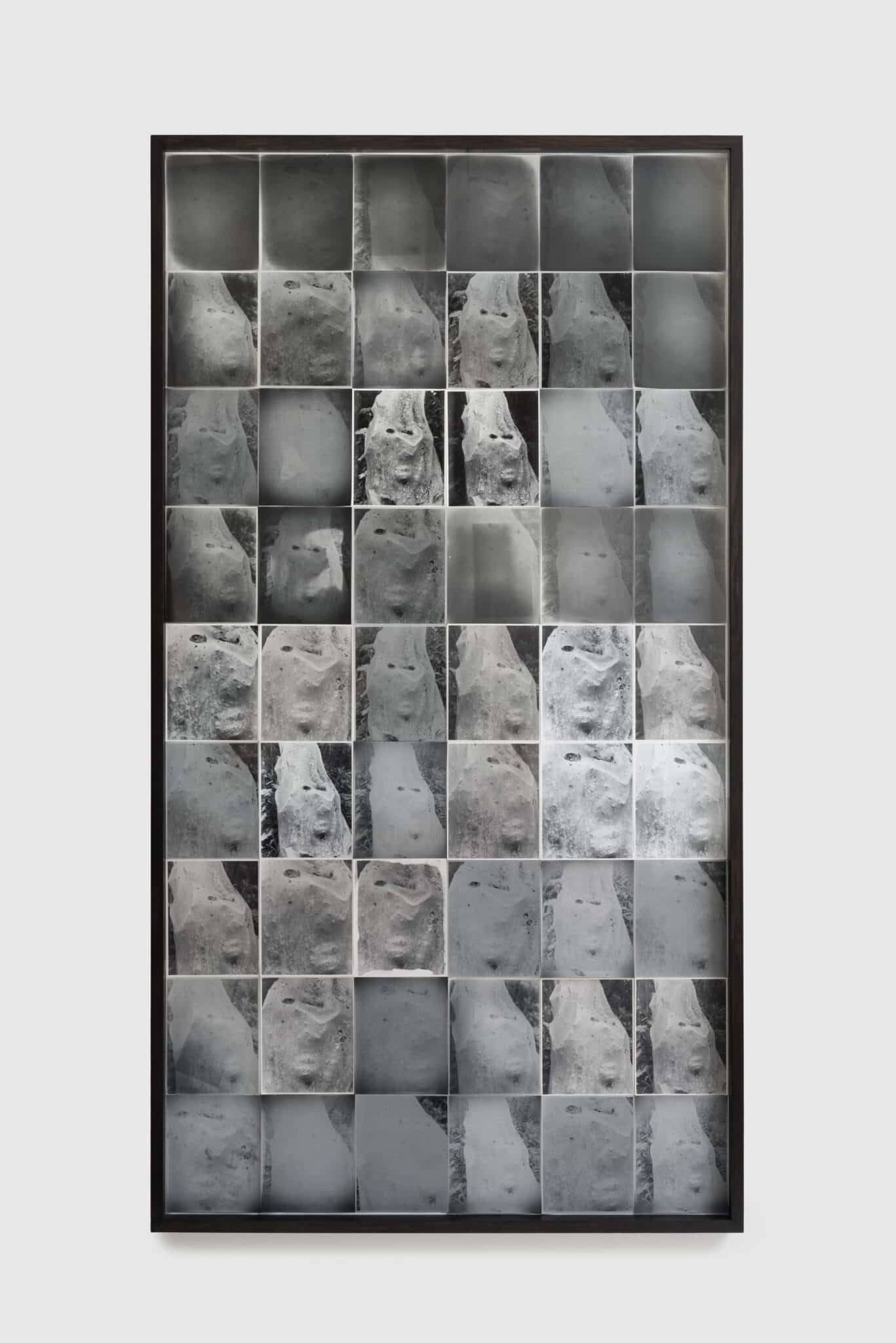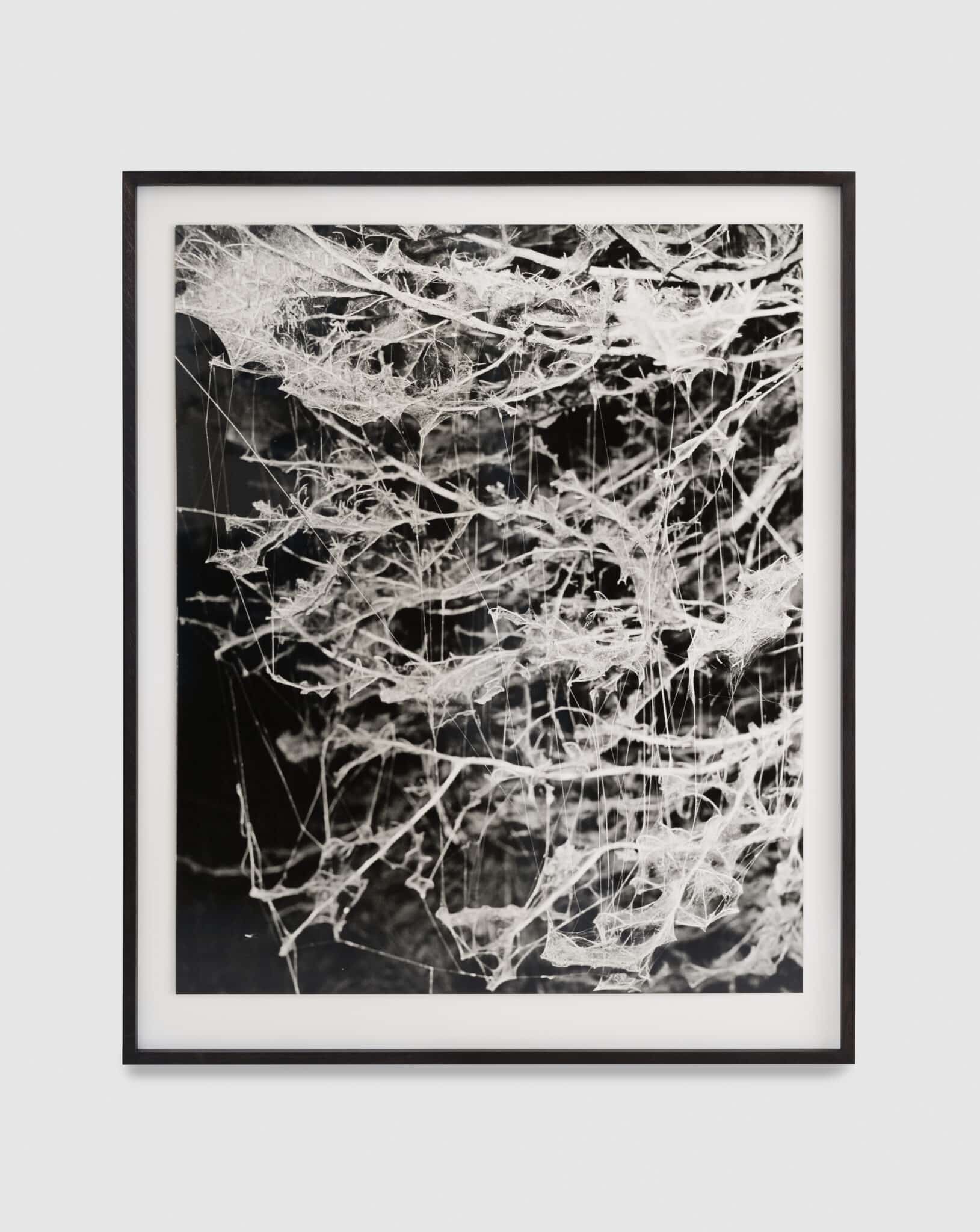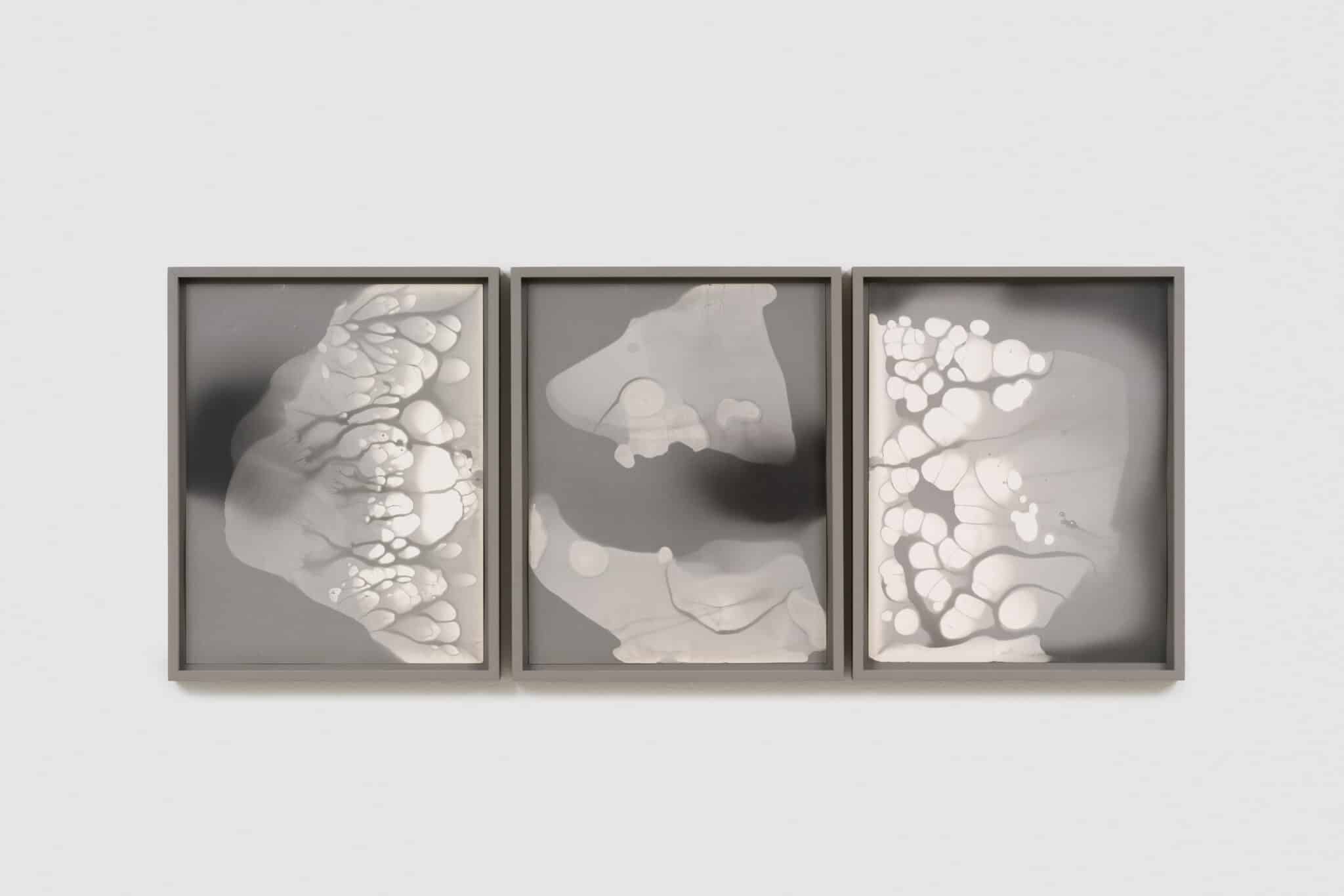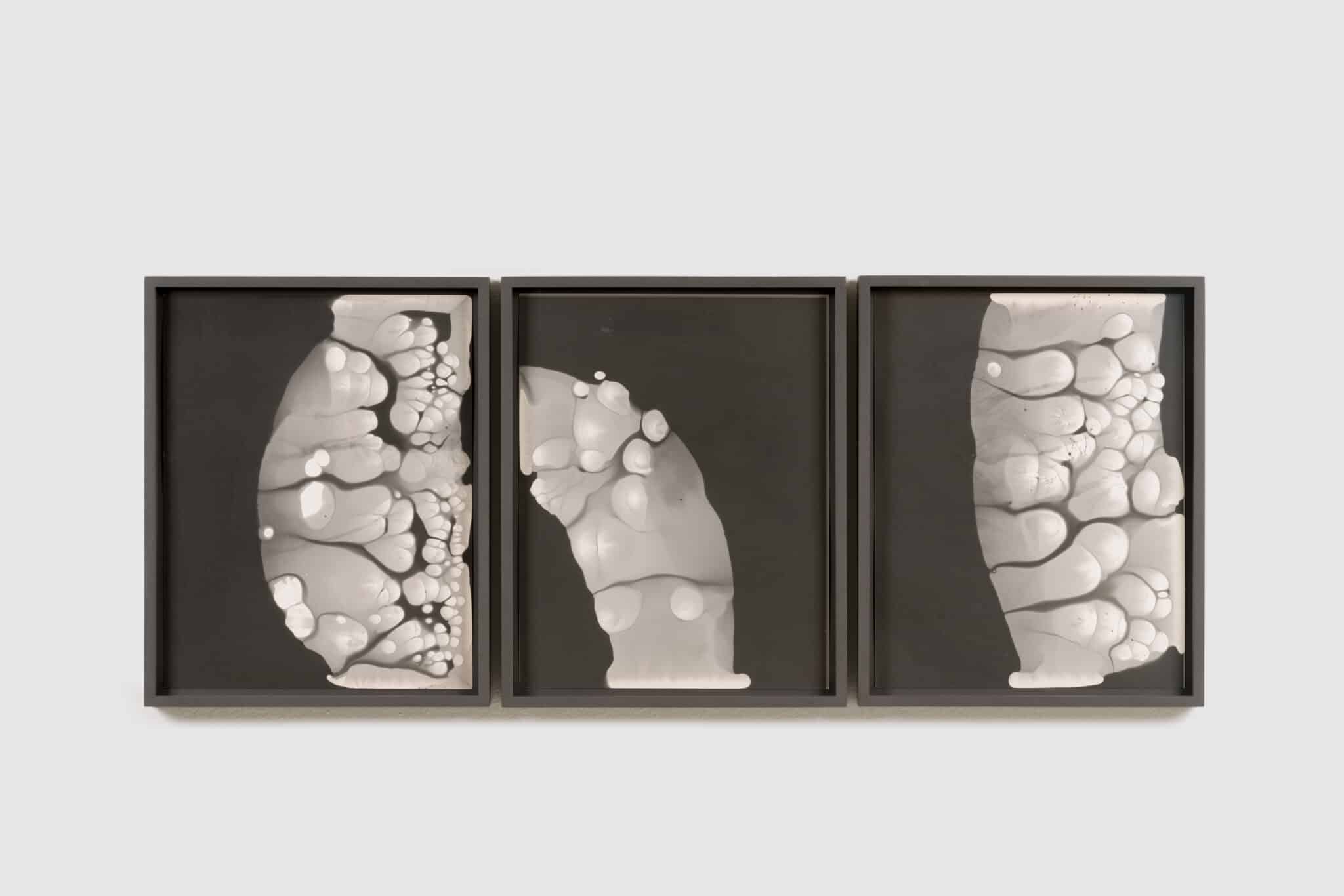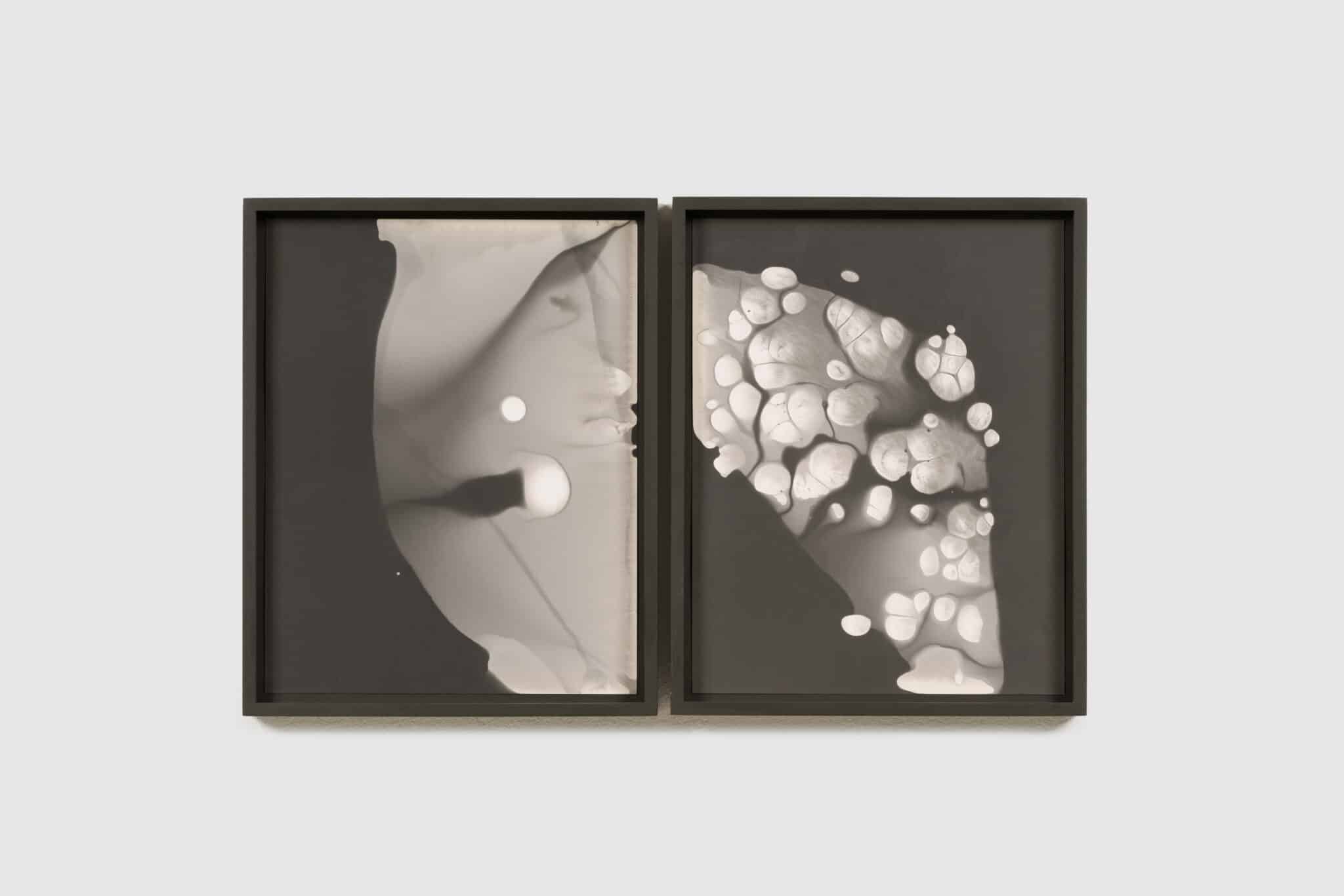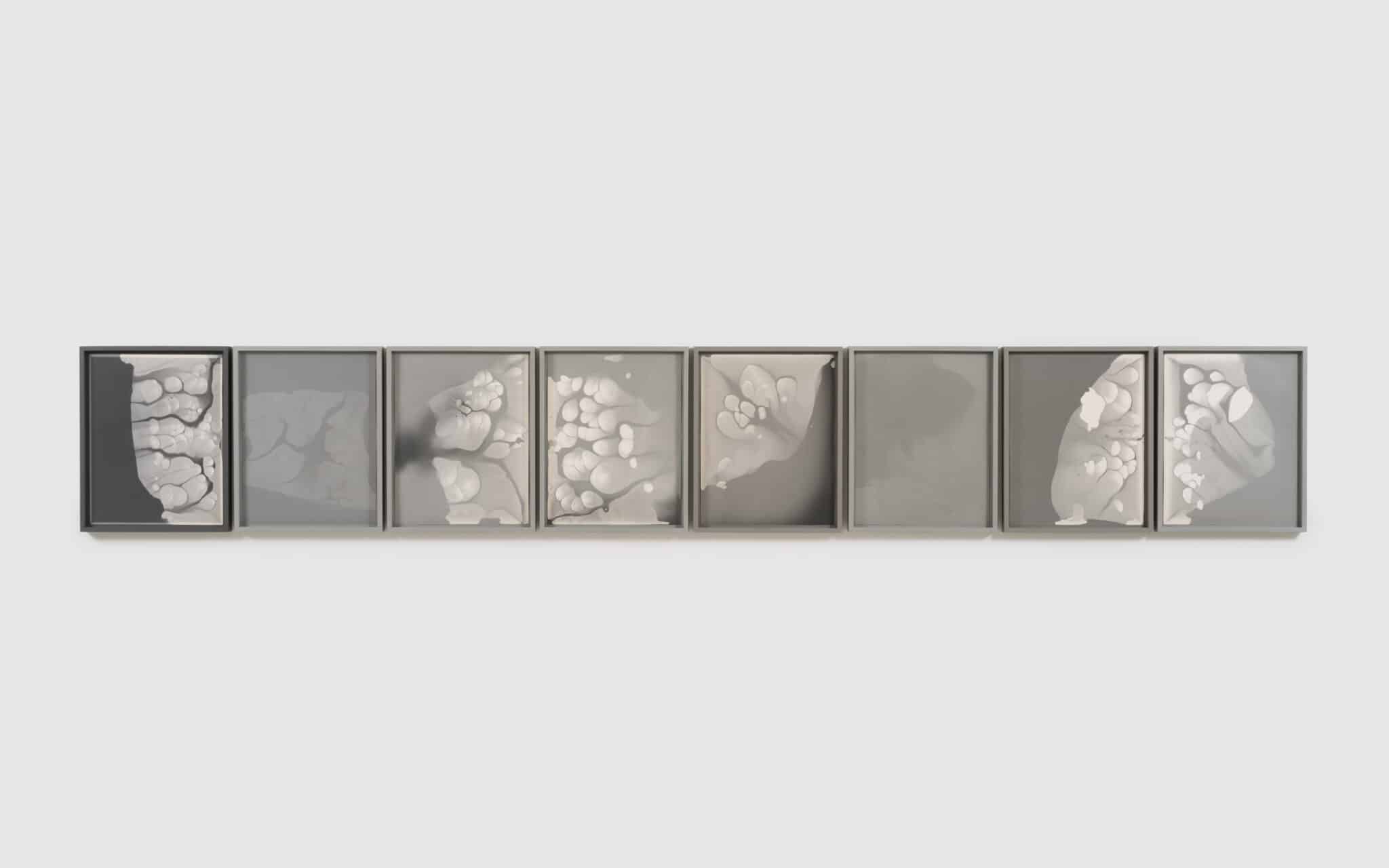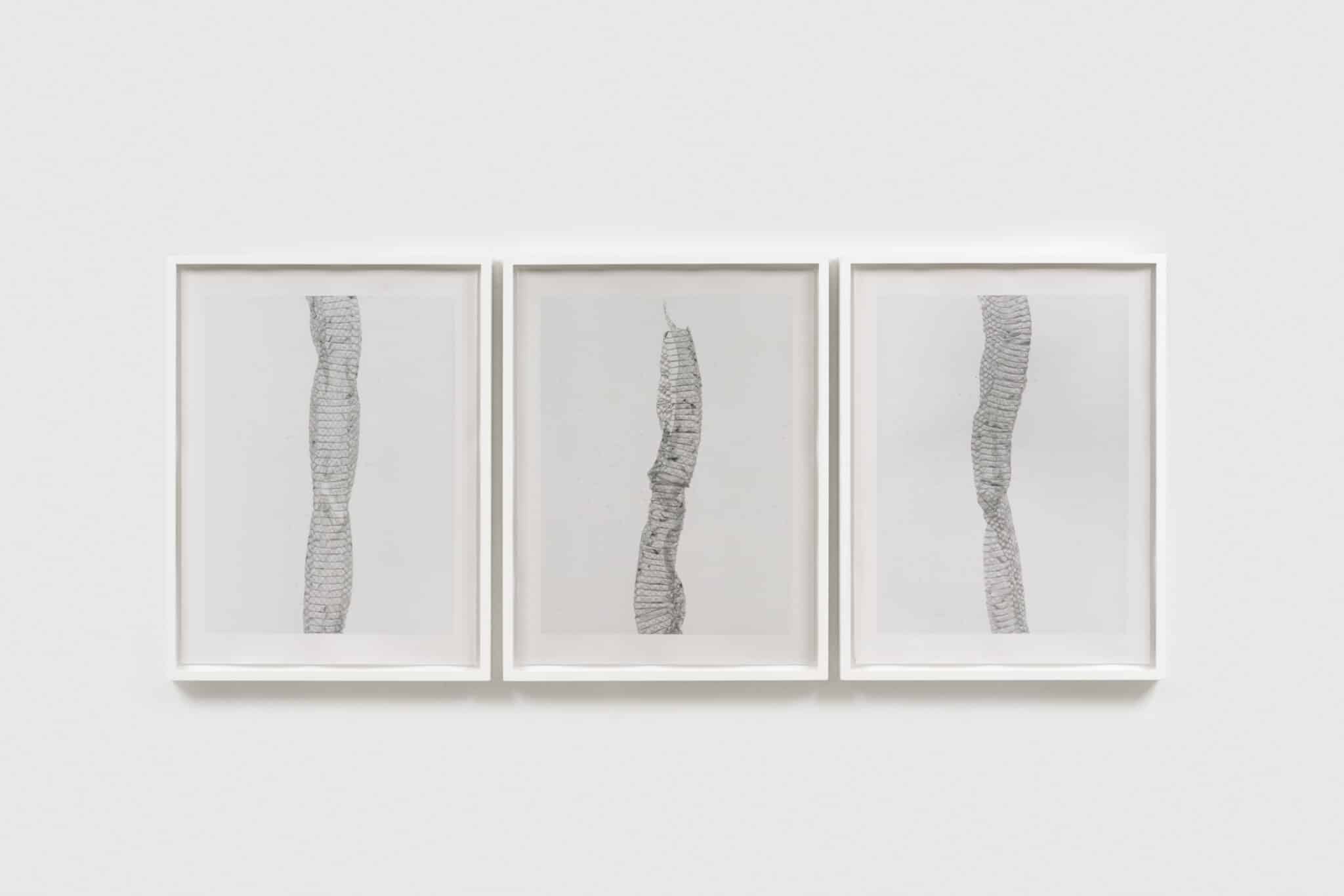Solo exhibition at Martin Asbaek Gallery, DK
- type: solo exhibition
- date: 26/04/18 — 02/06/18
- event: Exhibition An Ode to Pareidolia
- place: Martin Asbaek Galleri
Bredgade
Copenhagen, Denmark
Nicolai Howalt
An Ode to Pareidolia
26.04.18 – 02.06.18
Feat. designer & architect Anne Boysen
On 26 April Martin Asbæk Gallery opens its doors to a new exhibition by Nicolai Howalt, whose photographic work this time explores and pays tribute to the phenomenon pareidolia.
Pareidolia is a psychological phenomenon whereby the brain makes us see motifs in something that has no motifs, as in the childhood game where, on a warm summer’s day, we lie in the grass and look at clouds, and suddenly faces and animals appear in them.
The phenomenon is due to a process in our brains that makes us particularly susceptible to noticing structures and patterns in abstract forms so we can better understand the world around us. Howalt himself expresses pareidolia in the exhibited works as something identifiable in an abstract
Pareidolia means to see relationships and motifs where there are not necessarily any. Images arise within the image, so to speak.
– Nicolai Howalt, Copenhagen 2018.
Howalt’s exhibition thus gives the viewers the possibility of going exploring in the various works and forming their own narratives.
The exhibition is also an artistic investigation of the more chemical processes in photography, as can be seen for example in works where the aging process in the photographic paper and the movements of the chemicals become a central part of the motivic world of the work.
When silver bromide decomposes in old photographic paper, beautiful abstract patterns arise. With the aid of the imagination these patterns can make us see recognizable forms in the nonfigurative.
In recent years Howalt’s work has moved in a more scientific direction, as can be seen for example in the series Light Break (2014), which consists of depictions of invisible light beams, and Elements (2016), which shows the results of the alloying processes of chemical elements on metal plates. Thus this exhibition offers rare insights into the artist’s latest work, where the aesthetic and the scientific are combined in a quite distinctive exploration of exposure, frailty and mutability, which are given new meanings and frameworks of understanding.
The exhibition has contributions from the architect and designer Anne Boysen with installations of sound-absorbent reliefs in textile. With the aid of soft, dynamic forms which interact with Howalt’s works, a stimulating dialogue is created between work and installation.
